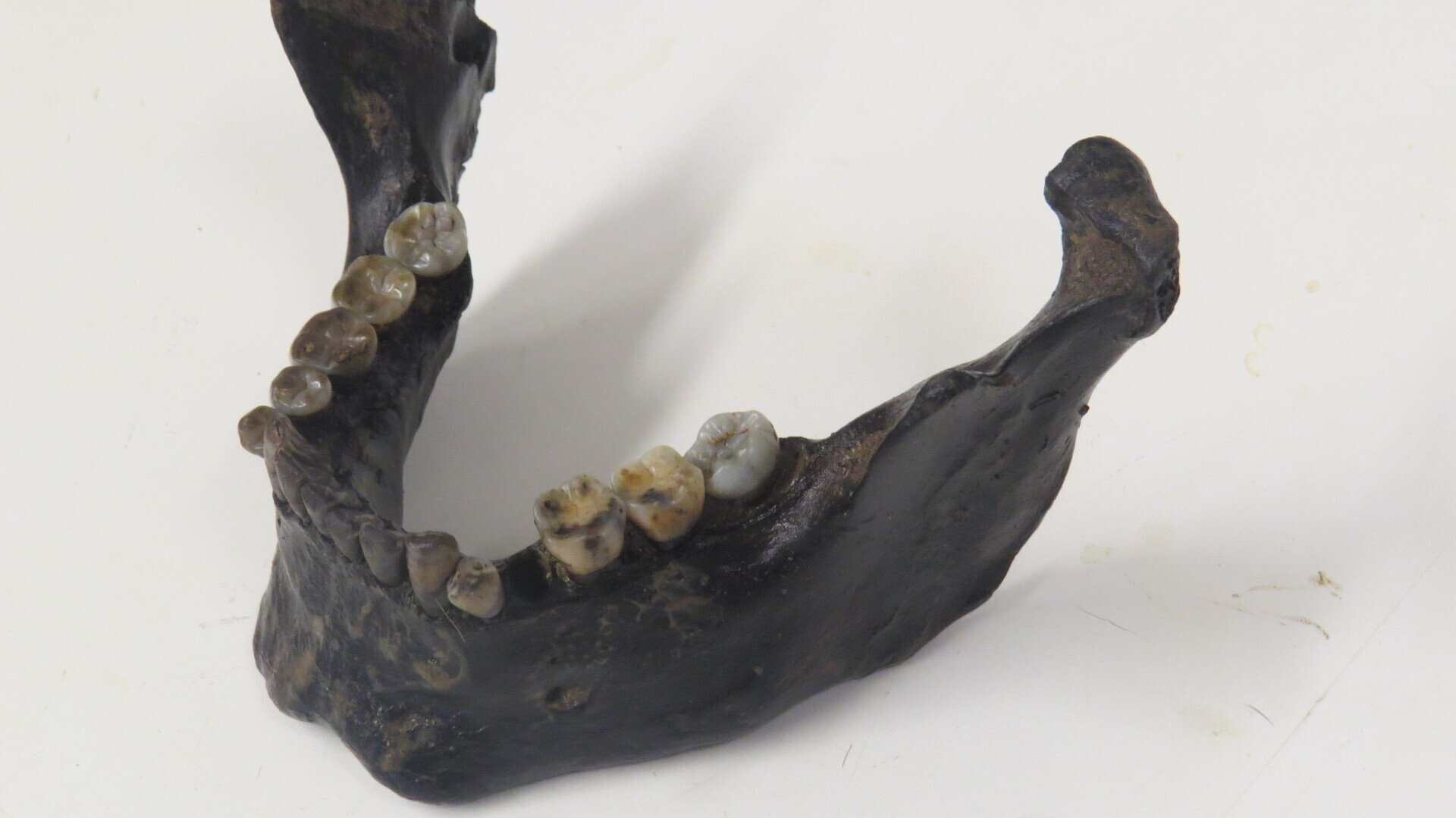Analysis
What scientific analysis has been done so far?
CARBON DATING

CARBON DATING
Recent carbon dating in December 2013 by the Scottish Universities Environmental Research Centre (SUERC) AMS Facility dated two human leg bones recovered from excavation in March 2012 from the central passageway, one from the top layer and the other from the lower layer. The published results of these bones are 3344BC and 3021BC. The calibrated age ranges are determined from the University of Oxford Radiocarbon Accelerator Unit calibration program (OxCa14).
These initial results would indicate that the tomb was used over several centuries as these two legs bones are over 300 years apart in age.
ANCIENT DNA
ANCIENT DNA
Ancient DNA is being carried out by the University of Copenhagen.
The human material from Tomb of the Otters are the only samples being looked at in the whole of the UK. The samples are part of hundreds of samples throughout Europe. Funding has been obtained that will guarantee the project to be finished.
Meeting with University of Copenhagen on 22.12.16 to update progression of Ancient DNA and have been told that the initial analysis done of 6 of the 17 samples show quality is excellent. These 6 samples are remarkably well preserved with more than 30%efficiency. This is very rare to find with material this old.
Preliminary DNA analysis suggests that the ancient individuals in the tomb have genetic variants from the Middle East which is typical for the Neolithic period. These “Middle Eastern genes” are clearly observed in the bones. They are very different from the gene-variants observed in early Mesolithic time periods and likewise the skeletons do not possess gene-variants that came into Europe in the later Bronze Age Period. So, in short, the tomb is full of Neolithic farmers! It shows that Stone Age farmer genes through generations of migrations at some point also made it to Orkney. This is an important observation.
February 2018 - recent results show two adult individuals had Hepatitis B virus which may have caused their deaths.
Analysis is continuing and hoping for results to be published at the end of 2021 or early 2022.